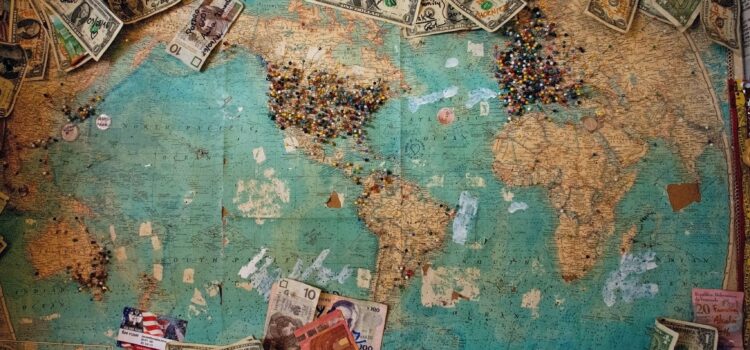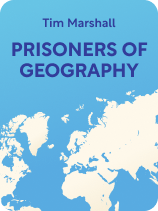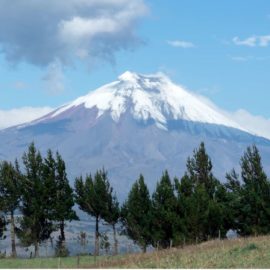

This article is an excerpt from the Shortform book guide to "Prisoners of Geography" by Tim Marshall. Shortform has the world's best summaries and analyses of books you should be reading.
Like this article? Sign up for a free trial here.
How much does a nation’s geography impact its economic development? What difference does access to trade routes make?
Tim Marshall argues that, much like the starting hand in a card game, the geography of a region determines its economic development. If it’s dealt a naturally winning hand—filled with natural resources and defensible natural boundaries—it’s likely that it will develop into a stable, successful state.
Continue reading to understand the link between geography and economic development.
Geography and Economic Development
Marshall contends that the geography of a nation influences when and how it develops. Nations with more natural resources, trade routes, and defensible boundaries are able to develop relatively rapidly and safely. On the other hand, nations that lack resources, trade routes, and secure boundaries tend to develop more slowly and suffer instability.
(Shortform note: Experts note that, alongside geography, economic policy also has a significant impact on development. These experts argue that much of the growth in developing countries during the 20th century was due to new global trade agreements. Thanks to these agreements, international trade has grown rapidly, with many developing countries reaping the benefits.)
To illustrate the connection between geography and economic development, Marshall looks to Europe. He notes how northern European nations, such as France and Germany, have higher volume and quality of farmland as compared to their southern neighbors. As a result, Marshall claims, the northern nations have developed more robust economies, whereas southern European nations such as Italy and Greece have been more prone to recession and unemployment as their economies continue to develop.
However, while natural resources help nations to develop, they can also incentivize other nations to invade. As an example, Marshall notes that, in spite of the inhospitable terrain that makes it difficult to invade African nations, European nations chose to invade and colonize anyway because of the immense wealth of precious metals, gems, and other resources that the continent possessed.
| How Much Have Natural Resources Influenced History? Marshall’s belief that geography heavily influences development is echoed by other authors. For instance, in Guns, Germs, and Steel, Jared Diamond notes that ancient Eurasia was able to develop more quickly than the rest of the world because it had superior natural resources, in the form of domesticable plants, animals, and arable farmland. However, other authors have criticized this perspective, which they describe as environmental determinism. These authors argue that environmental determinism overemphasizes the influence of the environment when other factors such as international politics and individual choice have a larger impact on history. Others, who are less critical of environmental determinism, still offer alternative explanations for events in world history. For instance, while Marshall sees abundant natural resources as the primary reason nations such as France and Germany developed faster than countries in southern Europe, other authors argue that European colonization is the primary reason for the advantages held by European nations. According to these authors, colonization enabled Europeans to gain resources and set up favorable political systems across the globe. Going further, they suggest that European colonization of Africa was driven by more than just the desire to acquire resources—for instance, colonization was also motivated by the desire to spread Christianity. |
Trade Routes Shape Development
The presence or absence of safe routes for trade and transportation also shapes a nation’s economy and relationships with other nations as it develops.
As an example of the relationship between trade routes and development, Marshall describes how the geography of Latin America has impeded its nations’ efforts to grow and connect to one another. Specifically, Marshall argues that, aside from their coastal regions, many Latin American nations have few resources, with interiors that are difficult to traverse and plagued by disease-bearing mosquitos. As a result, while Latin America has cultivated many large, successful capital cities, they’re all located on its coastlines, isolated from each other and the rest of their countries.

———End of Preview———
Like what you just read? Read the rest of the world's best book summary and analysis of Tim Marshall's "Prisoners of Geography" at Shortform.
Here's what you'll find in our full Prisoners of Geography summary:
- Why some nations thrive and others struggle with poverty and inequality
- How a nation's geography determines its fate
- Why nations are always preparing for international conflict






